Single mattresses
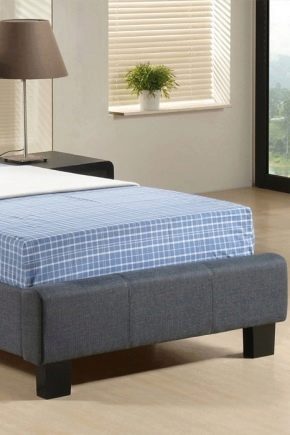
Single Mattresses - Comfortable sleeping mat sizes. Due to their small width, they fit in any type of room and are relevant even in small apartments, creating the most comfortable conditions for sleeping. Single mattresses have a number of features and benefits
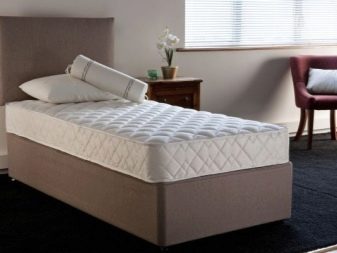
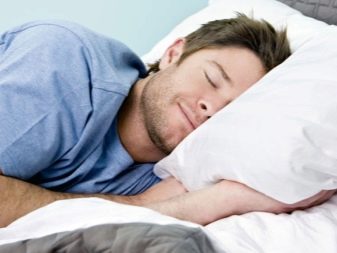
Features, pros and cons
Single mattresses are versatile. They are included in every collection of mattresses from global manufacturers and small businesses. Depending on the model, they may differ in size, block height and shape. Such mats:
- easily organize a sleeping bed for a single and double bed (if you buy two identical blocks at the same time);
- depending on the height, the models are an independent block or a mattress topper, leveling the surface of the existing bed (on a bed, sofa, folding chair, folding bed, floor);
- based on their dimensions, they are the first mattresses for newborns, preschool babies, relevant for adolescents;
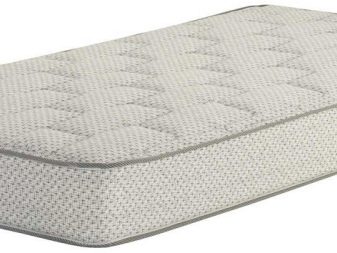
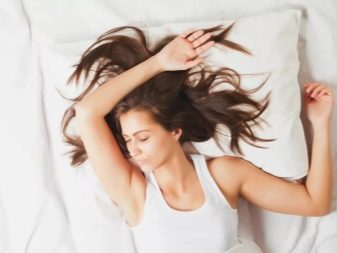
- help out the owner of the house when guests arrive (you can define guests on the couch, and "create" yourself a bed on the floor yourself);
- have a different size range, varying the length and width, taking into account the dimensions of the bed (sofa), suitable for furniture with limiters (sidewalls) and without them;
- based on the components of the design, they can be simple or preventive, providing not only convenience, but also the correctness of the user's sleep;
- having different filler and upholstery, they differ in different service life (up to 15 years or more);
- differ in the level of block hardness, its structure and additional effect, allowing the user to choose the most convenient option for themselves, taking into account taste and wallet.

Thanks to modern materials and new manufacturing technologies, it will not be difficult to find the right single mattress today, whether it is a simple classic or healthy block that has a recommendation from an orthopedic surgeon.
Single mattresses are good for one user. When buying them, you always need to take into account the complexion of a particular user, otherwise a person's sleep may lose comfort. Space limitation is a small but significant drawback of such mats.
Other disadvantages of mattresses for one seat include:
- weight limitation (such designs are selected strictly in accordance with the user's weight);
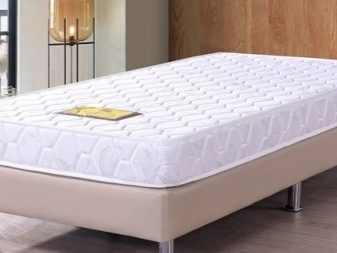
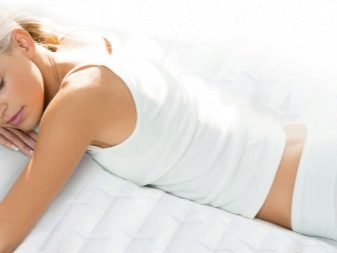
- inconvenience in transporting large-height models due to weight and volume;
- short service life of cheap models (simple products made of cotton wool and teak, "T" class foam rubber), which form dents and irregularities in the block already in the first year of use, thereby harming the user's back;
- high cost of models made of high quality raw materials (they do not always correspond to the buyer's pocket).
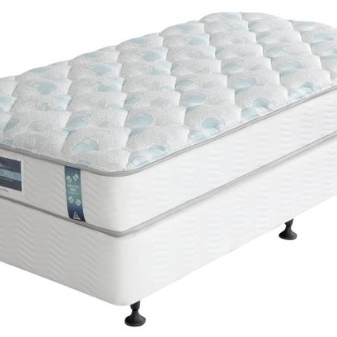
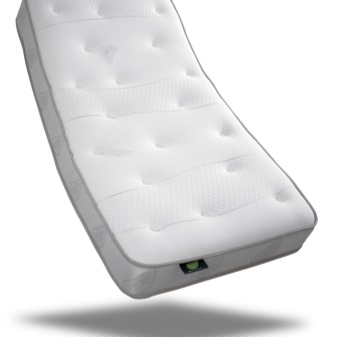
Views
All models of single mattresses produced are divided into two types:
- on a spring basis - systems with a metal mesh made of steel at the base of the block;
- products without springs - options without metal, made of modern elastic filler.
Both types of mattresses can have different degrees of surface density:
- soft;
- moderately hard;
- tough.
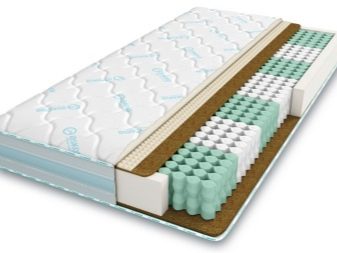
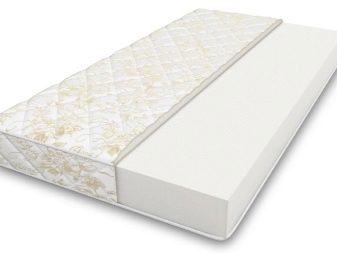
The first single-bed models are good for the elderly, the second are universal and are in demand among most clients, the third are considered good prevention and are shown to sick people, small children in order to properly form the curves of the spine.
Despite the declared orthopedic effect and the inclusion of spring mattresses in the range of children's mattresses, they are not suitable for small children.
The metal, which is the core of the block, accumulates static electricity and has a magnetic effect on the body, which manifests itself in headaches, dizziness, and general fatigue. Such mats are unsafe: with children's activity, the springs can break, which does not exclude the risk of injury.
If we compare the orthopedic effect, they are inferior to springless counterparts, the density and benefits of which are much higher.

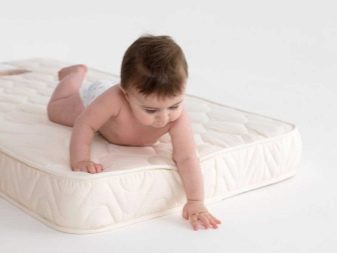
Spring block for one place
Single-bed spring mattress is of two types:
- addicted ("Bonnel"), in which the connection of the springs is ensured by fixing the twisted wire to each other (in addition to the connection to each other, the springs are attached along the upper and lower edges of the frame);
- independent (Pocket), in which the springs are packed in individual cases made of breathable fabric, therefore they are attached to the bottom of the frame, but not connected to each other (the integrity of the mesh is ensured by the connection of woven covers).
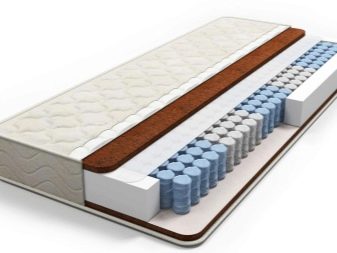
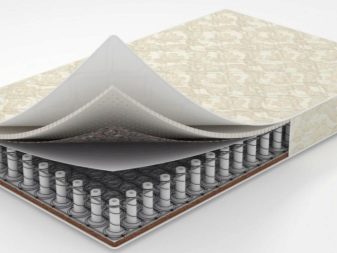
In each case, the springs are arranged vertically, but their shape is different. In the first case, it is more often an "hourglass", which, due to the narrowing in the center, do not rub against each other and allow to reduce the total weight of the mattress, although it is less resistant to deformation. In the second, these are cylindrical or barrel-shaped springs, tapered at the edges.
The difference in the connection of the springs determines the operation of the block under a weight load: in the dependent type of block, the working springs pull the nearby ones, therefore, a pit and a wave are always formed under pressure. In a block of an independent type, only those springs that are loaded are operated under pressure. This ensures the correct position of the spine in any position (lying on the stomach, side, back). Due to the individual operation of the springs, such mattresses do not harm health, which cannot be said about analogues with dependent springs.
The size of the springs matters: the smaller they are, the more there are by one square meter, which is reflected in the rigidity of the block surface (it becomes harder).

The range of springs per square meter can be from 100-150 pieces and up to 1000 or even more. To make it easier to understand, the models are called classic, "Micropackage" and "Multipackage". The number of springs does not always mean "the more the better", because very small springs are not designed for users with excess weight.
Interesting varieties of the independent type spring block include models with double springs. Under a normal load, only the outer elements work in such a block, and at high pressure, the inner ones (of a smaller diameter), threaded into the main springs, are turned on. No spring block per place is complete without additional padding, which determines its quality and improves the type of surface.
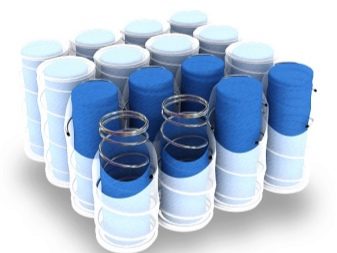

Springless single mattresses
Single-bed mattresses without springs are:
- monolithic, in the form of a single layer of material without an additional layer;
- combinedhaving a thick middle at the base, supplemented with packings of different composition and density to vary the degree of rigidity or to give the desired effect;
- flaky, made of layers of the same thickness, but different filler composition.
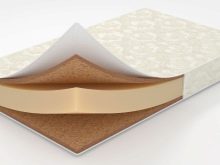
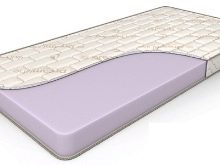
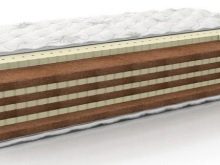
As a filler for the springless block of a single mattress, brands use the best types of material:
- natural latex;
- artificial latex (polyurethane foam with latex impregnation);
- coconut coir;
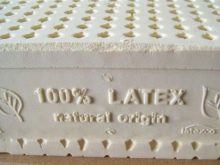

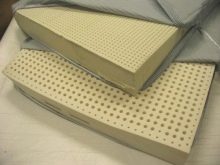
- struttofiber (periotec);
- holofiber;
- sheep or camel wool;
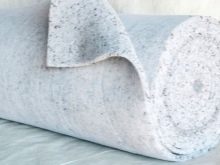
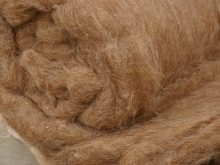

- cotton;
- linen;
- thermal felt;
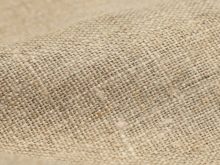
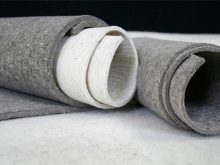
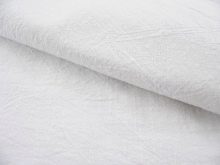
- spandbond;
- viscoelastic foam.
Each type of packing has its own structure, density, indicators of durability and resistance to weight load.
The uniqueness of many non-sprung single mattress fillings is that they work well together.
This is a hypoallergenic padding that does not irritate the skin, has an antibacterial impregnation and is not susceptible to the formation of fungus, mold, and dust mites.

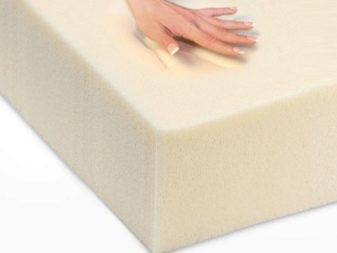
Top Models
The most interesting and demanded models of single beds are:
- orthopedic - characterized by a sufficiently rigid surface that does not adapt to the user's anatomy;
- bilateral with varying degrees of rigidity - having a mattress surface that is hard on one side and medium hard on the other;

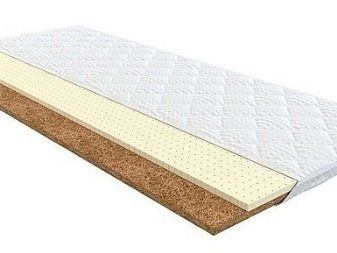
- bilateral with thermoregulation - "winter-summer" options for those who need additional heating in winter and coolness in summer;
- anatomical - mats based on "Memorix" (memory foam), which assumes any comfortable posture of the user, gently enveloping the body and immersing part of it in the block, however, quickly takes on its original shape when cooled.

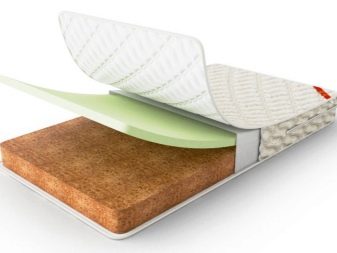
Dimensions (edit)
The dimensions of single mattresses depend on the age and body size of the user. In total, more than 12 size options have been developed, thanks to which you can choose any convenient parameter. Usually, the width of the blocks can be 80, 85, 90, 95 cm. The length of adult models for sleeping is 190, 195, 200 cm.Children are 60x120, 70x140 cm.
The height of a single mattress is different and varies from 2 to 27 cm or more (in some models up to 40 cm). Depending on this, mats are thin (2 - 10 cm), standard (12 - 19 cm) and lush (from 19 cm). Toppers are good as guest or country mattresses (hard 8 - 10 cm for children). These models help out in cases when you need to quickly organize a sleeping place and are a must-have attribute of an oriental-style room.
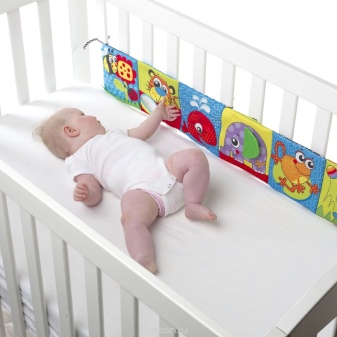
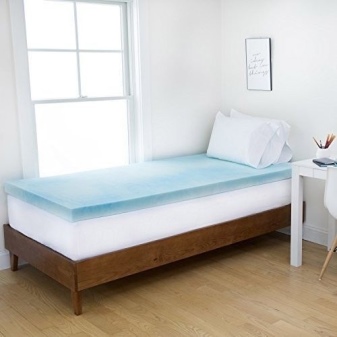
Case
The packaging of a single mattress can be single or double, removable or not. The most popular materials for the cover include cotton, calico, teak, jacquard, polycotton. Models can be single-layer or quilted with a padding polyester layer to make them softer.
The color range of the covers is varied and depends on the age group and the client's preferences.
Often, companies release additional covers for most models to enhance the practical and external performance of their products. The most popular shades of the cover are white, light gray, beige, cream, pinkish, pale blue. Children's models are more cheerful: in addition to bright blue, pink, blue, green, mint, yellow colors, they are replete with colorful drawings in the form of cartoon characters and funny animals.
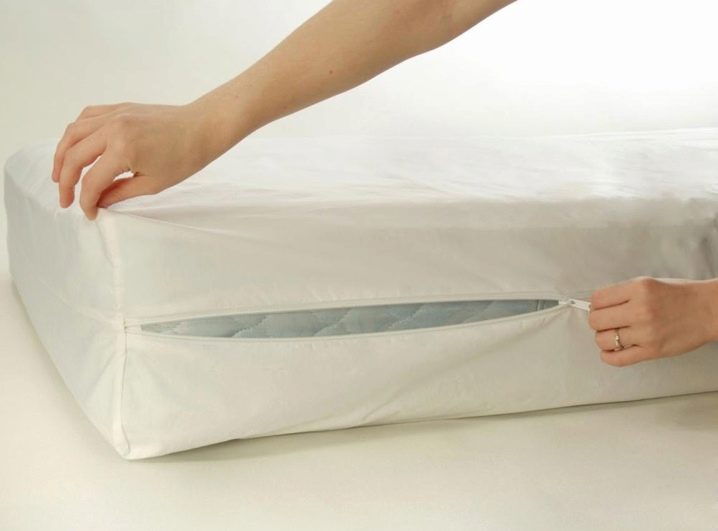
For information on how to choose a good mattress, see the next video.













The comment was sent successfully.